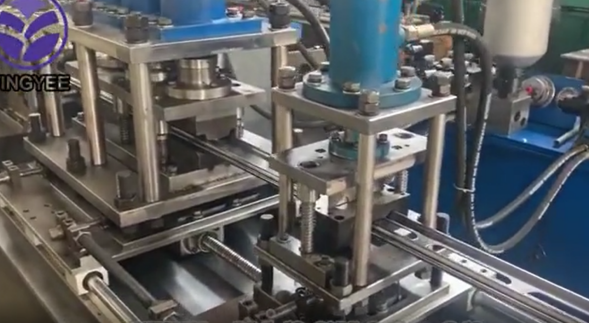
The Sandwich Panel Machine Revolutionizing Construction and Insulation
In today’s fast-paced construction industry, efficiency and innovation are paramount. One of the most significant advancements in this field is the development of the sandwich panel machine. This technology has not only revolutionized the way buildings are constructed but also significantly improved insulation standards, contributing to energy efficiency in modern architecture.
What is a Sandwich Panel Machine?
A sandwich panel machine is specialized equipment used to manufacture sandwich panels, which are composite building materials consisting of two outer layers and an insulating core. The outer layers are typically made of metal, plywood, or concrete, while the core is often made of materials such as polyurethane, polystyrene, or mineral wool. These panels are widely used in construction for walls, roofs, and facades due to their excellent thermal insulation properties and structural integrity.
The Manufacturing Process
The manufacturing process of sandwich panels involves several essential steps, all performed with precision to ensure high-quality output
. The sandwich panel machine combines various technologies, including foaming, pressing, and cutting.1. Foaming The core material is created by mixing chemicals that react and expand, forming a rigid foam. This foam is known for its low thermal conductivity.
2. Layering Once the core material is ready, it is layered between the two outer materials. The machine’s automation ensures that these layers are evenly distributed and adhered to each other effectively.
3. Pressing The layered panels are then placed in a pressing device where heat and pressure are applied. This step is crucial as it allows the adhesive to cure and bonds the layers permanently.

4. Cutting Once the panels are formed, they are cut to the desired size using precision cutting tools, ensuring that every panel meets the project specifications.
Each of these steps showcases the efficiency and speed that sandwich panel machines bring to a production line. The entire process can be automated, allowing for high-output capacity and reduced labor costs.
Advantages of Sandwich Panels
The benefits of using sandwich panels in construction are numerous. Firstly, the superior thermal insulation properties of these panels lead to significant energy savings. Buildings constructed with sandwich panels maintain comfortable indoor temperatures, reducing the need for heating and cooling systems.
Secondly, the lightweight nature of sandwich panels makes them easier to handle and install, further speeding up the construction process. They can be produced in various sizes and thicknesses, providing flexibility in design and application.
Additionally, sandwich panels are known for their durability and resistance to weather, fire, and pests. This durability translates into lower maintenance costs over the lifespan of a building, making them an economically savvy choice for builders and developers.
Conclusion
In conclusion, sandwich panel machines are at the forefront of innovation in the construction industry. Their ability to produce high-quality sandwich panels efficiently has transformed building practices, providing architects and builders with a reliable solution for modern construction needs. With increasing emphasis on energy efficiency and sustainable practices, the demand for sandwich panels is expected to continue growing, solidifying their place as a fundamental component in contemporary architecture.
As technology advances and methods become more streamlined, the sandwich panel machine represents a significant leap towards smarter, quicker, and more sustainable building practices, ensuring that the future of construction is brighter than ever.